Home>Gardening & Outdoor>Landscaping Ideas>What Is Wheatgrass For
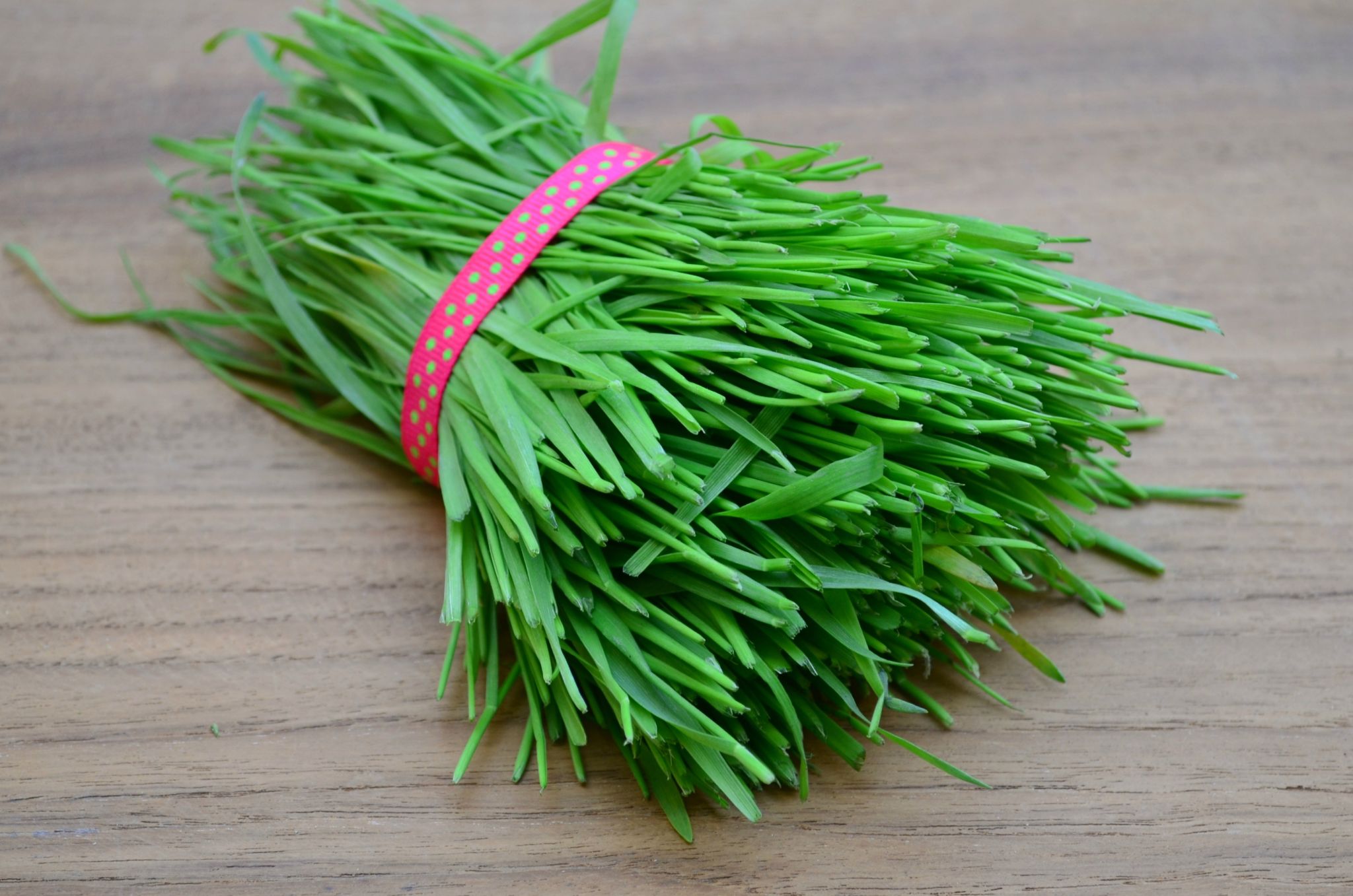

Landscaping Ideas
What Is Wheatgrass For
Modified: February 29, 2024
Discover the benefits of wheatgrass for landscaping ideas and how it can enhance your outdoor space. Find out how to incorporate wheatgrass into your landscaping design.
(Many of the links in this article redirect to a specific reviewed product. Your purchase of these products through affiliate links helps to generate commission for Storables.com, at no extra cost. Learn more)
Introduction
Wheatgrass, the young grass of the wheat plant, has gained significant popularity in recent years due to its potential health benefits. This vibrant green superfood is packed with essential vitamins, minerals, and antioxidants, making it a valuable addition to a healthy diet. While wheatgrass has been used for centuries in traditional medicine, its modern resurgence can be attributed to its rich nutritional profile and various potential health benefits.
As we delve into the world of wheatgrass, we will explore its nutritional content, health benefits, potential risks, and how to incorporate it into your daily routine. Whether you are a health enthusiast or simply curious about natural remedies, understanding the potential of wheatgrass can empower you to make informed decisions about your well-being.
Key Takeaways:
- Wheatgrass is a nutrient-packed superfood with potential benefits for immune support, detoxification, and energy. It can be enjoyed as fresh juice, powder, supplements, or even grown at home for a vibrant addition to your wellness routine.
- While wheatgrass offers numerous health benefits, it’s important to be mindful of potential risks, such as allergic reactions, contamination concerns, and interactions with medications. Consulting a healthcare professional can help ensure a safe and informed approach to enjoying this vibrant superfood.
Read more: What Is Wheatgrass And Pet Grass
Nutritional Content of Wheatgrass
Wheatgrass is a nutritional powerhouse, boasting an impressive array of essential vitamins, minerals, and enzymes. This young grass is a potent source of vitamins A, C, and E, which are known for their antioxidant properties. These antioxidants play a crucial role in combating free radicals and reducing oxidative stress in the body, thereby supporting overall health and well-being.
Additionally, wheatgrass contains an abundance of chlorophyll, the green pigment found in plants. Chlorophyll is celebrated for its detoxifying properties and potential to promote the body’s natural cleansing processes. Furthermore, wheatgrass is rich in essential minerals such as iron, magnesium, calcium, and amino acids, which are the building blocks of protein.
One of the most remarkable aspects of wheatgrass is its high enzyme content. Enzymes are essential for various biological processes, including digestion and metabolism. Consuming wheatgrass in its raw form provides the body with a concentrated source of these vital enzymes, supporting optimal digestive function and nutrient absorption.
When considering the nutritional content of wheatgrass, it’s important to recognize its potential to complement a balanced diet and contribute to overall nutritional intake. Whether consumed as a juice, powder, or supplement, integrating wheatgrass into your dietary regimen can offer a significant boost of essential nutrients.
Health Benefits of Wheatgrass
Wheatgrass is celebrated for its potential to promote overall health and well-being, offering a range of compelling benefits that have garnered attention from health enthusiasts and researchers alike. From supporting immune function to aiding in detoxification, the potential advantages of incorporating wheatgrass into your wellness routine are worth exploring.
1. Immune Support: The rich nutritional profile of wheatgrass, including vitamins A, C, and E, contributes to its immune-boosting properties. These vitamins play a pivotal role in supporting the body’s natural defense mechanisms, helping to fortify the immune system and enhance resilience against environmental stressors.
2. Detoxification: Wheatgrass is renowned for its detoxifying properties, primarily attributed to its high chlorophyll content. Chlorophyll has been linked to potential detoxification benefits, aiding in the elimination of toxins and impurities from the body. By supporting the body’s natural detox processes, wheatgrass may contribute to overall vitality and well-being.
3. Nutrient Absorption: The enzymes present in wheatgrass can support optimal digestion and enhance nutrient absorption. These enzymes play a crucial role in breaking down food and facilitating the assimilation of essential nutrients, potentially improving overall digestive health and nutrient utilization.
4. Energy and Vitality: The combination of essential nutrients, chlorophyll, and enzymes in wheatgrass may contribute to increased energy levels and vitality. By providing a concentrated source of nourishment, wheatgrass has the potential to promote a natural energy boost, supporting an active and vibrant lifestyle.
5. Antioxidant Protection: The antioxidant properties of wheatgrass, attributed to vitamins A, C, and E, contribute to its ability to combat oxidative stress and neutralize free radicals. By reducing oxidative damage, wheatgrass may support cellular health and contribute to overall longevity.
These potential health benefits highlight the versatility and value of wheatgrass as a functional food with a range of wellness-promoting properties. Whether consumed as a daily supplement or incorporated into fresh juices and smoothies, the diverse advantages of wheatgrass make it a compelling addition to a holistic approach to health and vitality.
Wheatgrass is a nutrient-rich plant that can be used for juicing or as a dietary supplement. It is high in vitamins, minerals, and antioxidants, and is believed to have various health benefits such as boosting immunity and reducing inflammation.
How to Use Wheatgrass
Incorporating wheatgrass into your daily routine can be a delightful and rewarding experience, offering a variety of convenient and enjoyable methods for consumption. Whether you prefer the vibrant freshness of a wheatgrass shot or the versatility of powdered supplements, there are numerous ways to integrate this nutrient-dense superfood into your lifestyle.
1. Fresh Wheatgrass Juice: One of the most popular and potent ways to consume wheatgrass is in the form of freshly juiced wheatgrass. This vibrant green elixir can be extracted using a specialized wheatgrass juicer, yielding a concentrated shot of pure wheatgrass goodness. The juice can be consumed on its own or mixed with other fresh juices for a delightful nutrient boost.
2. Wheatgrass Powder: For added convenience, wheatgrass is available in powdered form, making it easy to incorporate into smoothies, beverages, or even baked goods. The powdered form offers a versatile and shelf-stable option for enjoying the benefits of wheatgrass on the go, allowing for seamless integration into your daily wellness routine.
3. Wheatgrass Supplements: Wheatgrass supplements, such as capsules or tablets, provide a convenient way to access the nutritional benefits of wheatgrass. These supplements offer a concentrated dose of wheatgrass nutrients and can be seamlessly integrated into your existing supplement regimen for added nutritional support.
4. Culinary Applications: Beyond beverages and supplements, wheatgrass can also be incorporated into culinary creations, adding a vibrant touch to salads, soups, and dips. The fresh, earthy flavor of wheatgrass can complement a variety of dishes, offering a creative way to infuse your meals with an extra dose of nutrition.
5. DIY Wheatgrass Cultivation: For those with a green thumb, cultivating and juicing your own wheatgrass at home can be a rewarding and sustainable approach. Growing wheatgrass at home allows for a constant supply of fresh, organic wheatgrass, providing a hands-on connection to this nourishing superfood.
Regardless of your preferred method of consumption, exploring the diverse ways to use wheatgrass can add a vibrant and nutrient-rich dimension to your daily wellness practices. Whether enjoyed as a revitalizing shot of fresh juice or seamlessly blended into your favorite smoothie, wheatgrass offers a versatile and accessible means of enhancing your nutritional intake and overall well-being.
Potential Risks and Side Effects of Wheatgrass
While wheatgrass offers a myriad of potential health benefits, it’s essential to be mindful of potential risks and side effects, particularly for individuals with specific health conditions or sensitivities. Understanding the possible considerations associated with wheatgrass consumption can empower individuals to make informed decisions about its inclusion in their wellness practices.
1. Allergic Reactions: Some individuals may be allergic to wheatgrass, particularly those with known sensitivities to wheat or grass pollen. Allergic reactions to wheatgrass may manifest as itching, hives, or respiratory symptoms. It’s important for individuals with known allergies to wheat or grasses to exercise caution and consult with a healthcare professional before consuming wheatgrass.
2. Contamination Concerns: When consuming fresh wheatgrass juice, there is a risk of bacterial contamination if proper hygiene and sanitation practices are not observed during cultivation and juicing. It’s crucial to ensure that the equipment and environment used for juicing are clean and free from potential contaminants to minimize the risk of foodborne illness.
3. Interaction with Medications: Individuals taking certain medications, especially blood thinners or medications for autoimmune conditions, should exercise caution when consuming wheatgrass due to potential interactions. Wheatgrass contains vitamin K, which can interfere with blood clotting medications, and individuals with autoimmune conditions should be mindful of potential immune-stimulating effects.
4. Digestive Discomfort: Some individuals may experience mild digestive discomfort, such as nausea or stomach upset, when consuming wheatgrass, particularly in concentrated forms. Starting with small amounts and gradually increasing intake can help mitigate potential digestive issues, allowing the body to acclimate to the unique properties of wheatgrass.
5. Quality and Source: Ensuring the quality and source of wheatgrass products is paramount to minimizing potential risks. Choosing organic, reputable sources for wheatgrass products can reduce the likelihood of exposure to pesticides, heavy metals, or other contaminants that may compromise its safety and purity.
It’s important to approach the consumption of wheatgrass mindfully, particularly for individuals with specific health concerns or dietary restrictions. Consulting with a qualified healthcare provider before integrating wheatgrass into your routine can provide valuable insights tailored to your individual health needs and ensure a safe and informed approach to enjoying the potential benefits of this vibrant superfood.
Read more: What Is The Best Juicer For Wheatgrass
Conclusion
Exploring the world of wheatgrass unveils a treasure trove of nutritional richness and potential health benefits. From its impressive array of vitamins, minerals, and antioxidants to its diverse applications in wellness practices, wheatgrass stands as a vibrant symbol of natural vitality and nourishment. Whether enjoyed as a revitalizing shot of fresh juice or seamlessly blended into culinary creations, the versatility of wheatgrass offers a delightful avenue for enhancing your nutritional intake and overall well-being.
While savoring the potential advantages of wheatgrass, it’s essential to remain mindful of potential risks and considerations, particularly for individuals with specific health conditions or sensitivities. Understanding the nuances of wheatgrass consumption empowers individuals to make informed decisions tailored to their unique wellness journey, ensuring a harmonious integration of this potent superfood into their daily practices.
As with any dietary or wellness endeavor, seeking guidance from a qualified healthcare professional can provide valuable insights and personalized recommendations, offering a holistic approach to embracing the potential benefits of wheatgrass while mitigating potential risks. With thoughtful consideration and informed choices, wheatgrass can become a cherished ally in your quest for holistic health and vitality.
Embracing the vibrancy of wheatgrass opens a gateway to a world of natural nourishment and potential well-being, inviting you to savor the essence of this verdant superfood as a cherished companion on your journey toward holistic health and vitality.
Frequently Asked Questions about What Is Wheatgrass For
Was this page helpful?
At Storables.com, we guarantee accurate and reliable information. Our content, validated by Expert Board Contributors, is crafted following stringent Editorial Policies. We're committed to providing you with well-researched, expert-backed insights for all your informational needs.
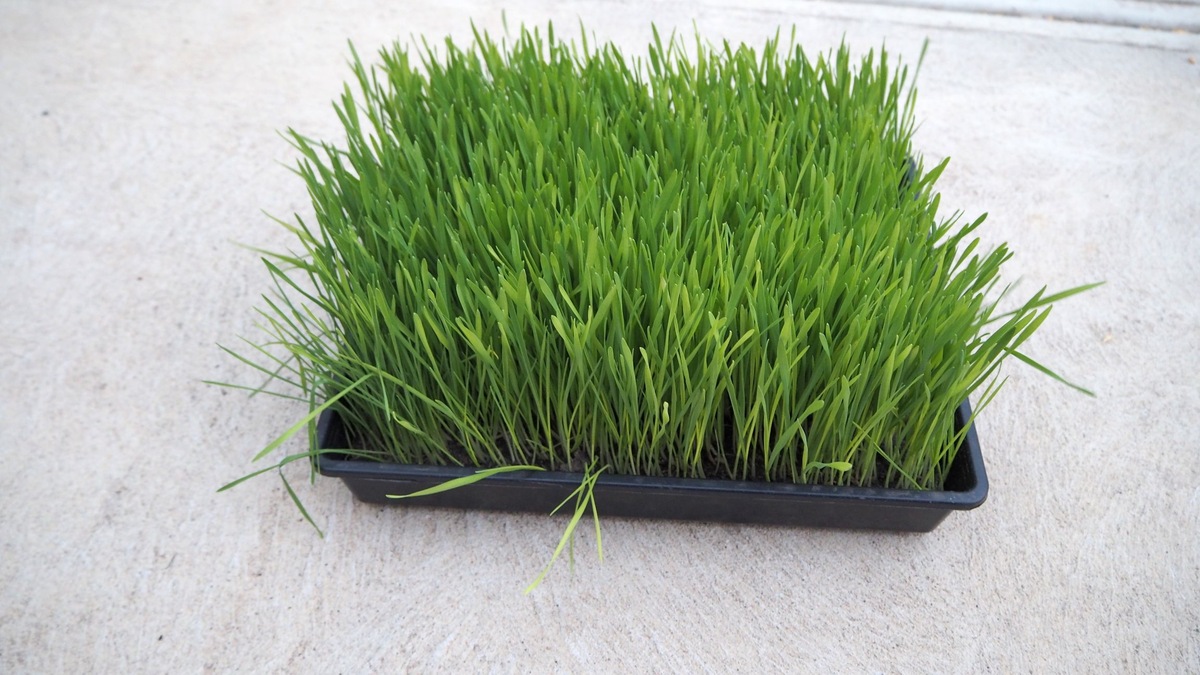
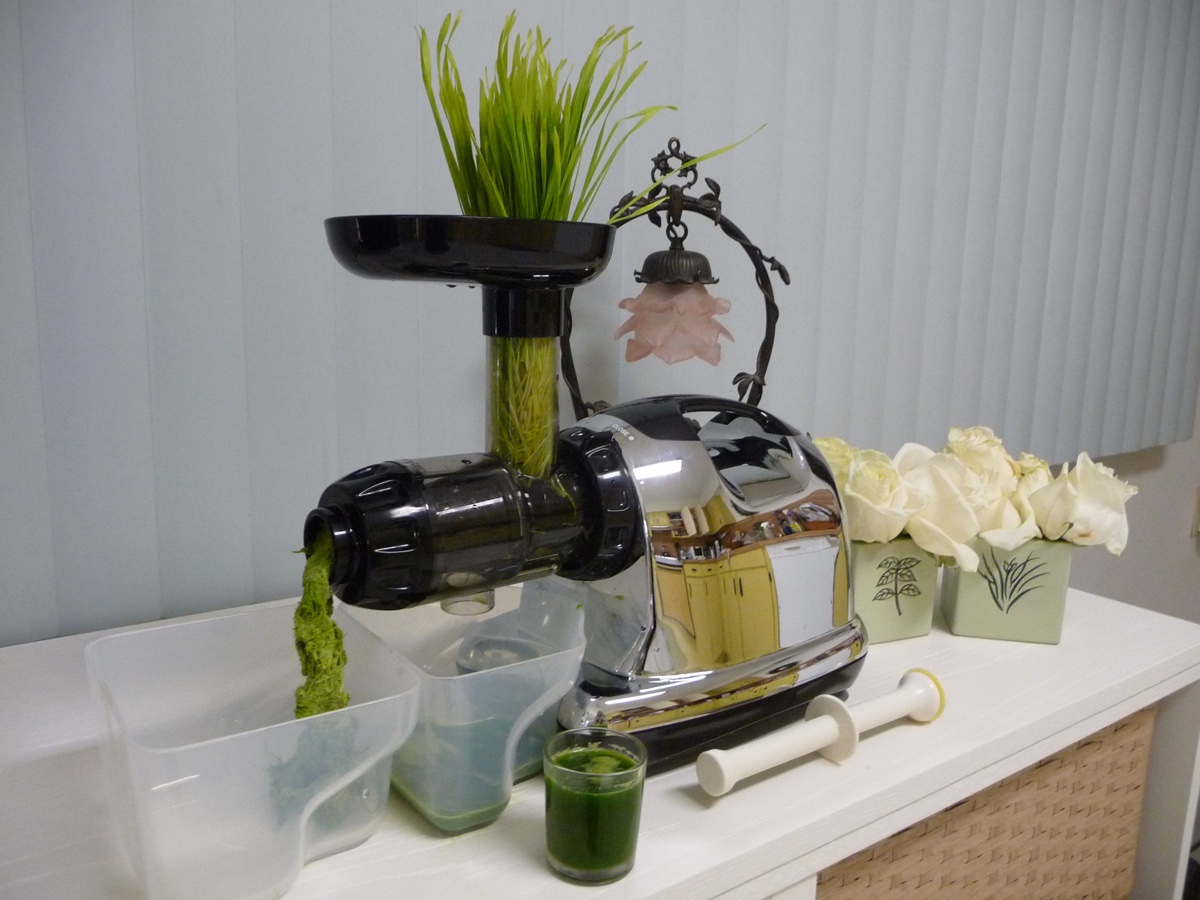
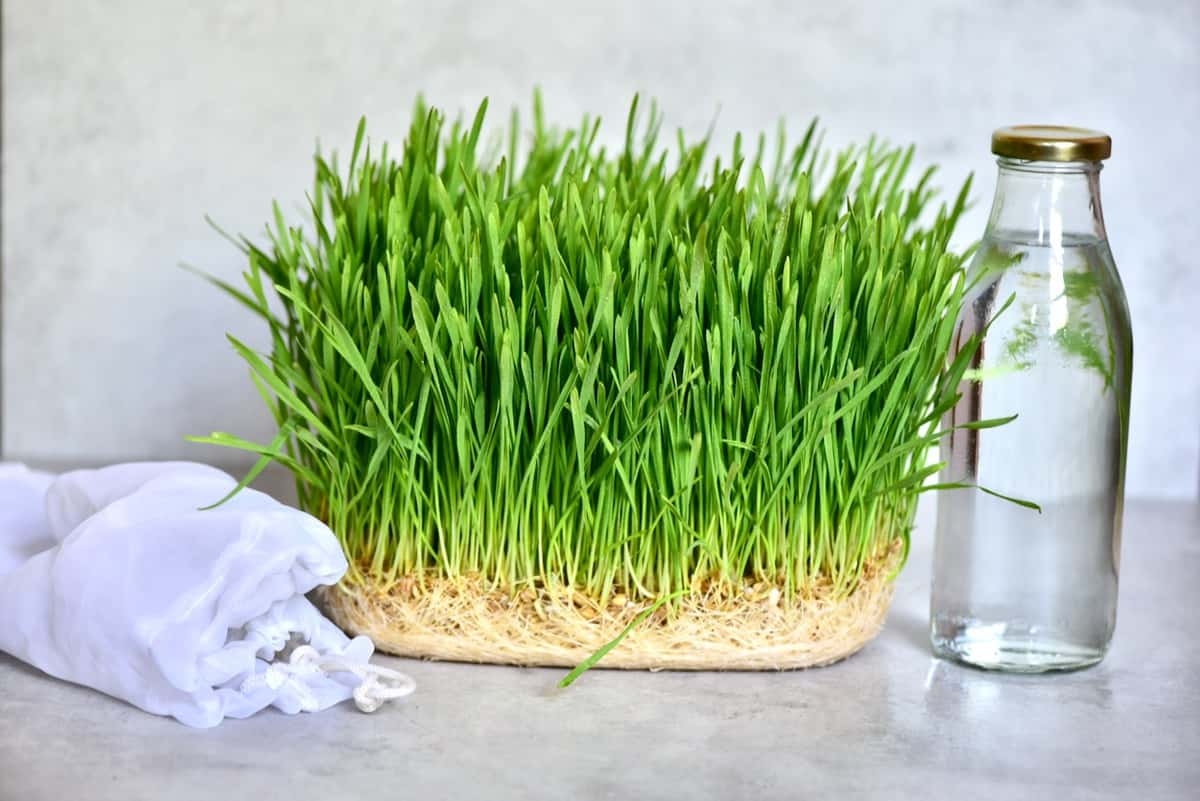
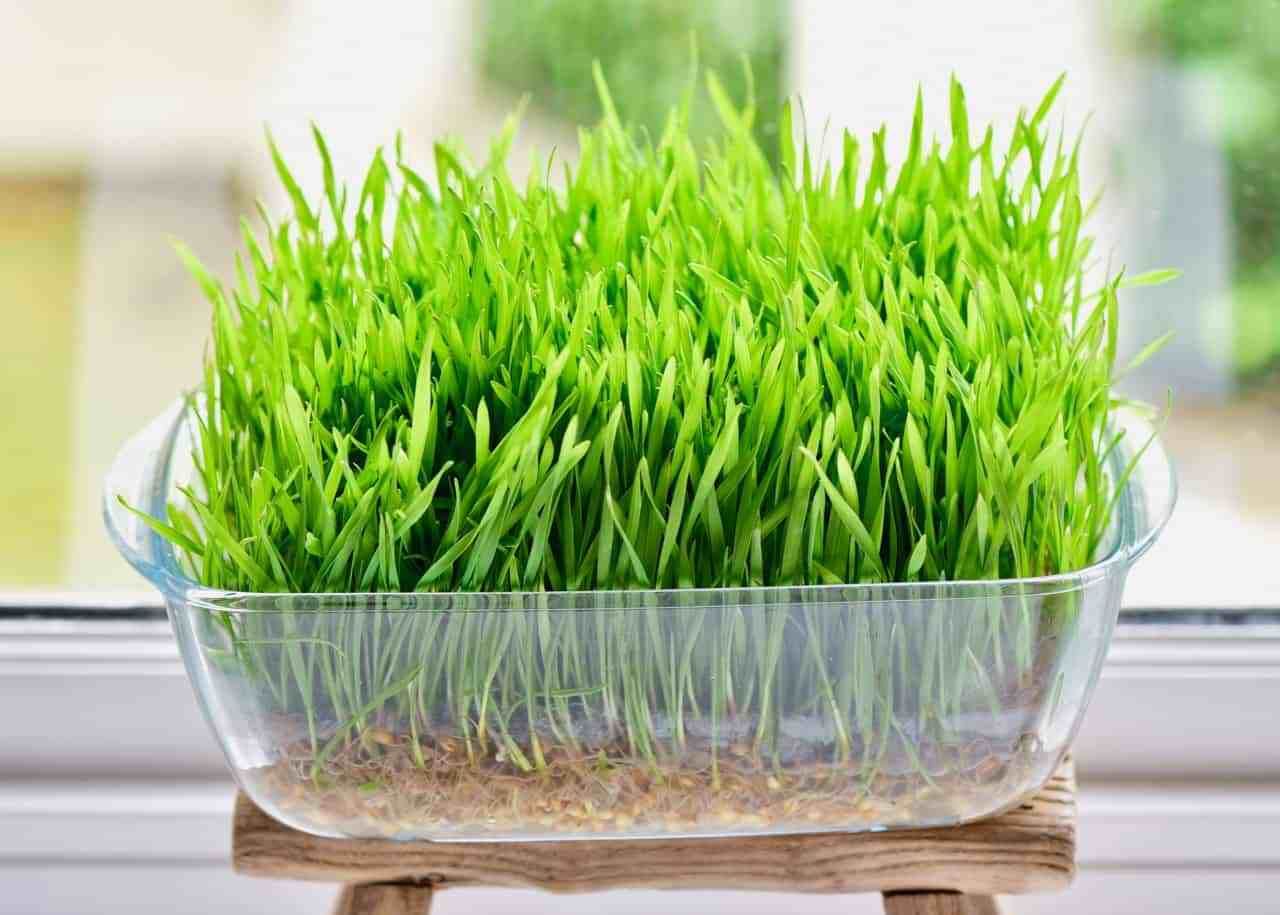
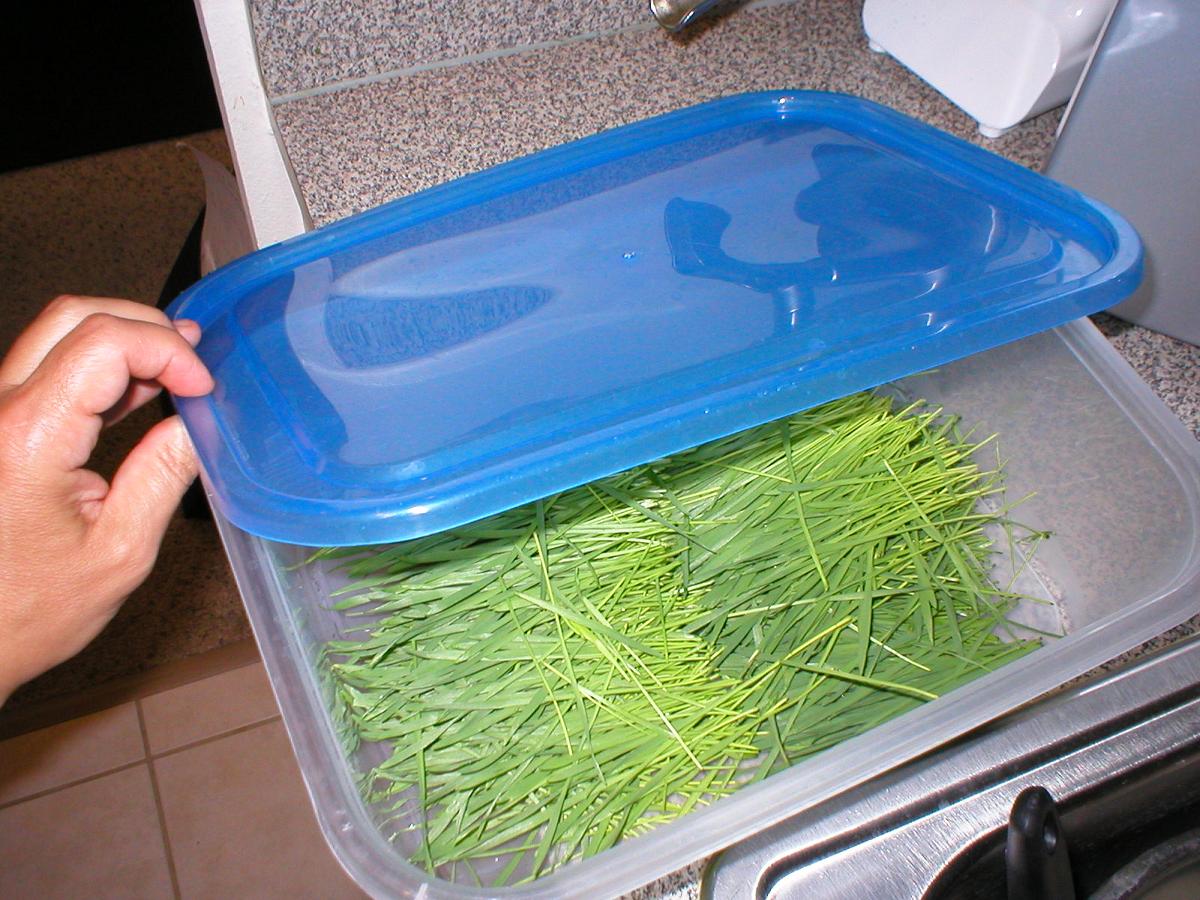
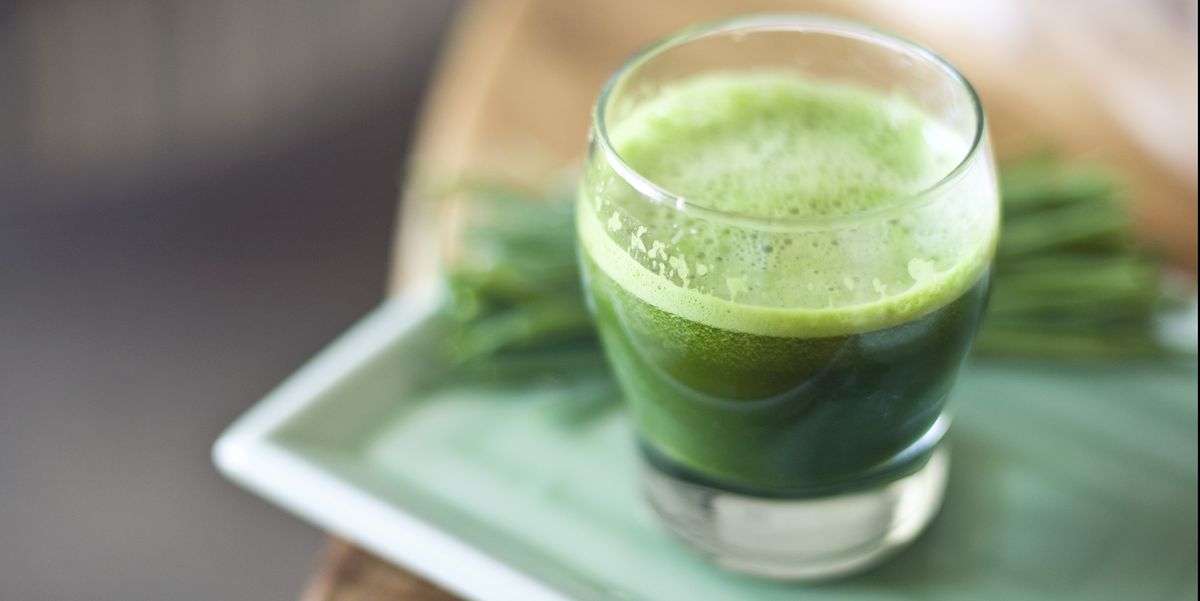

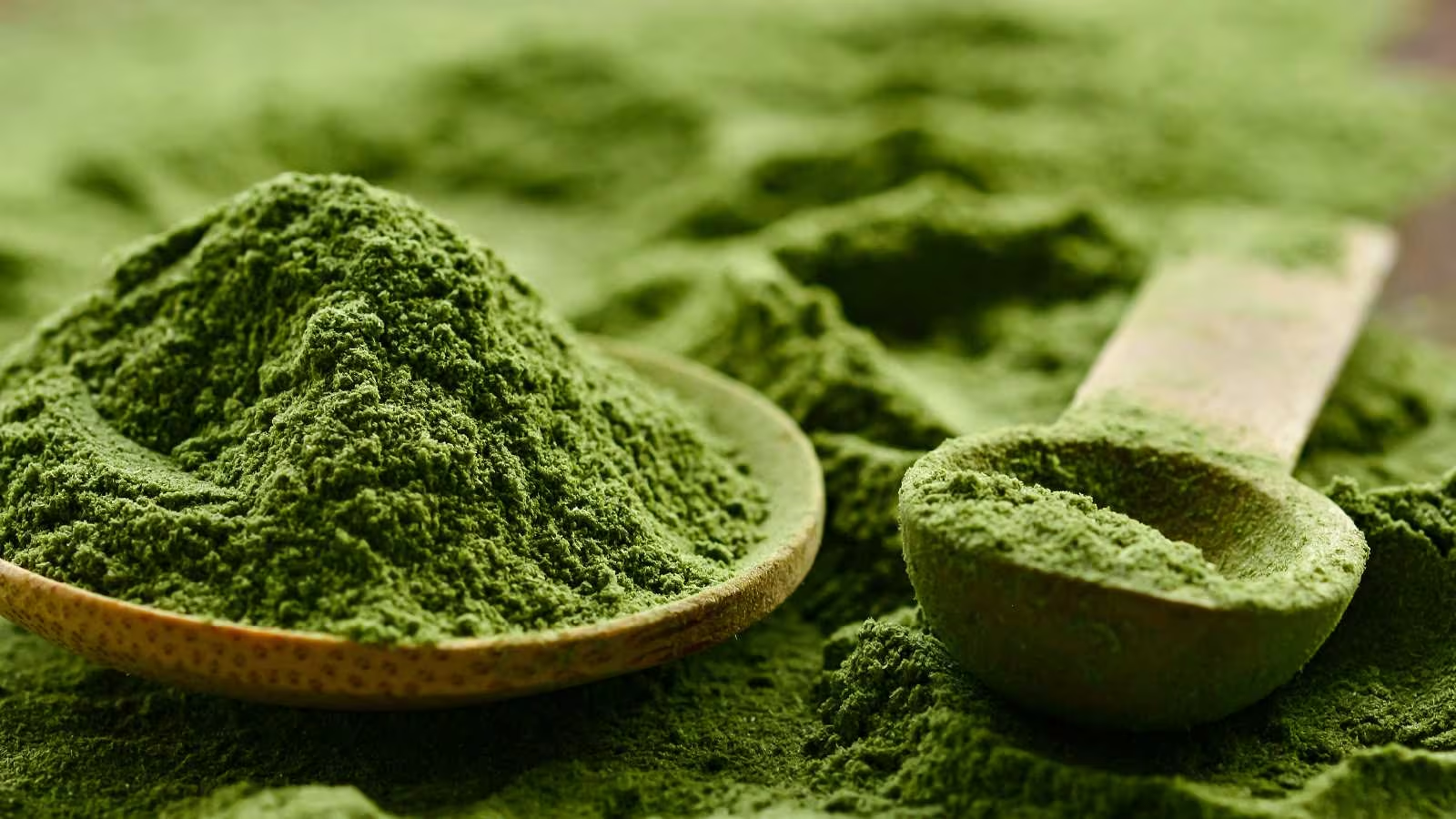
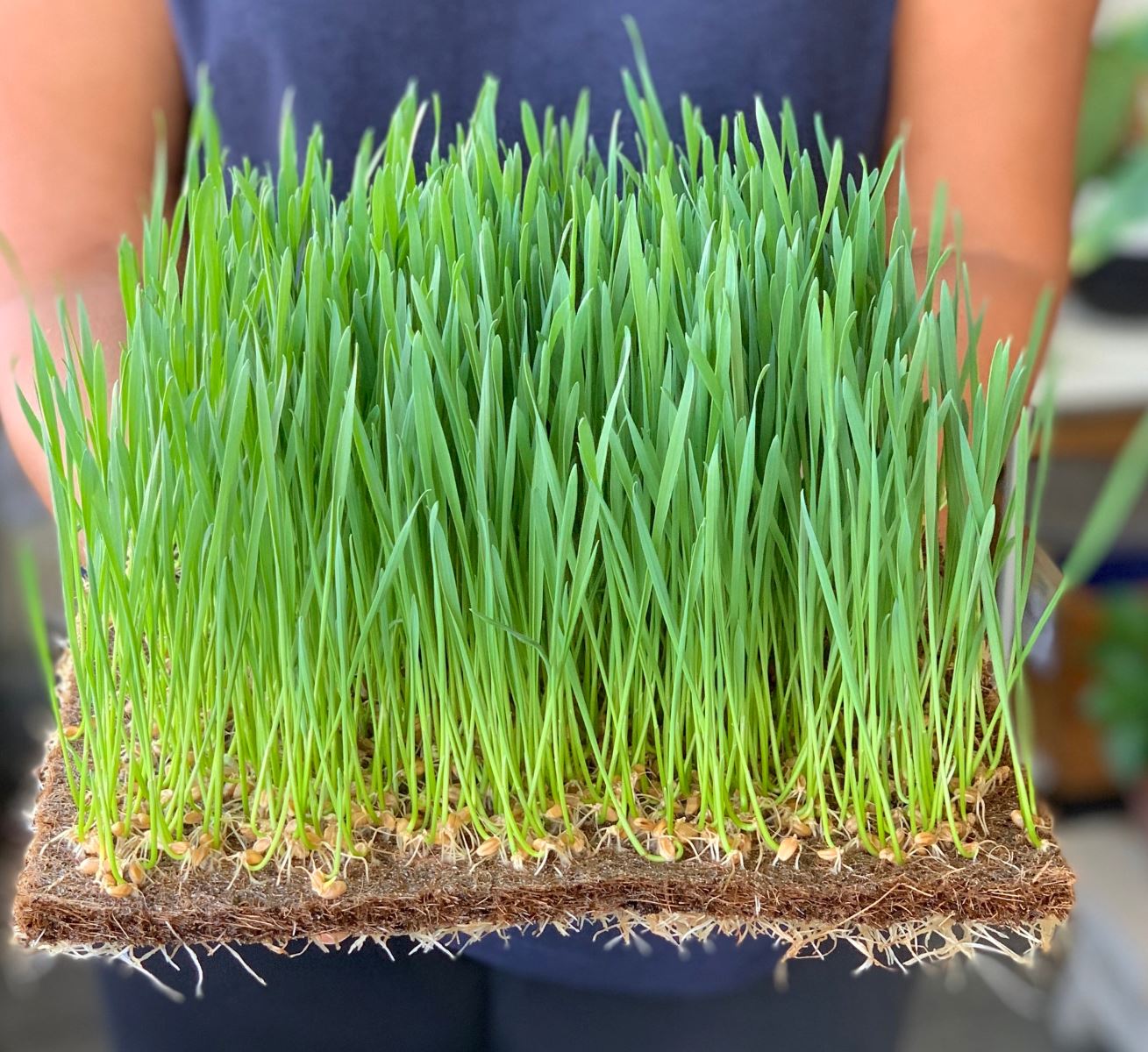
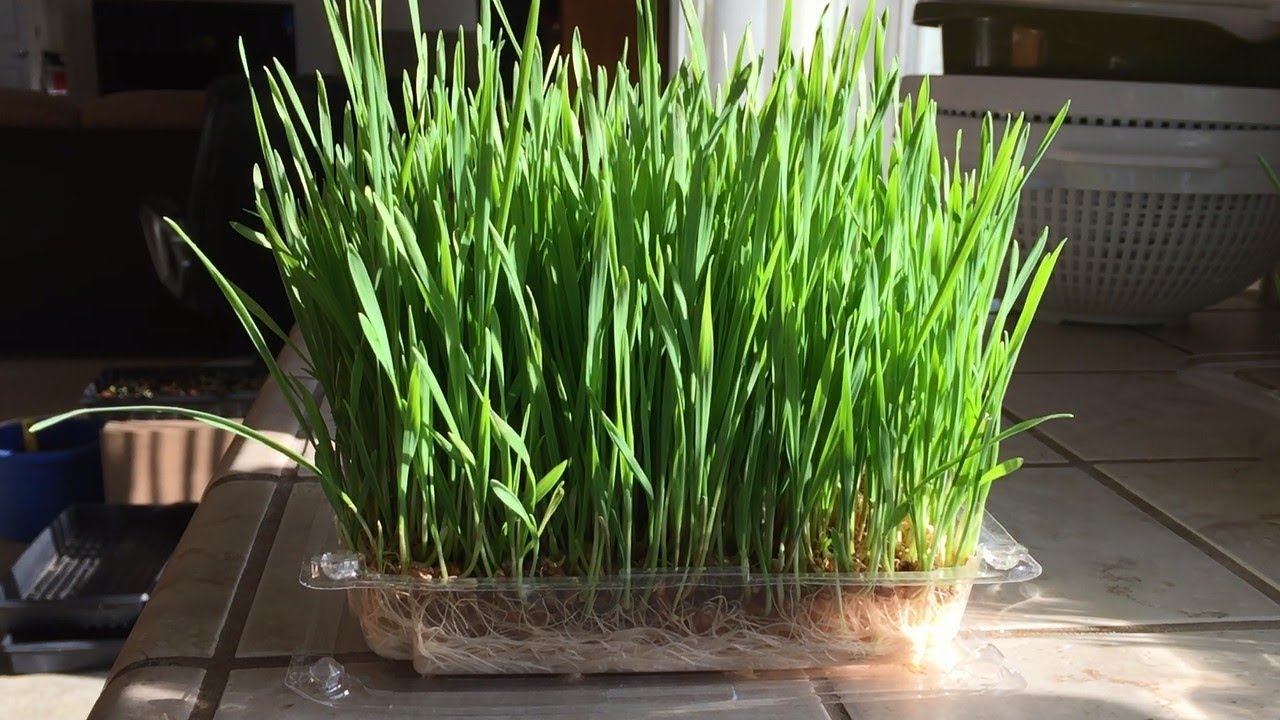
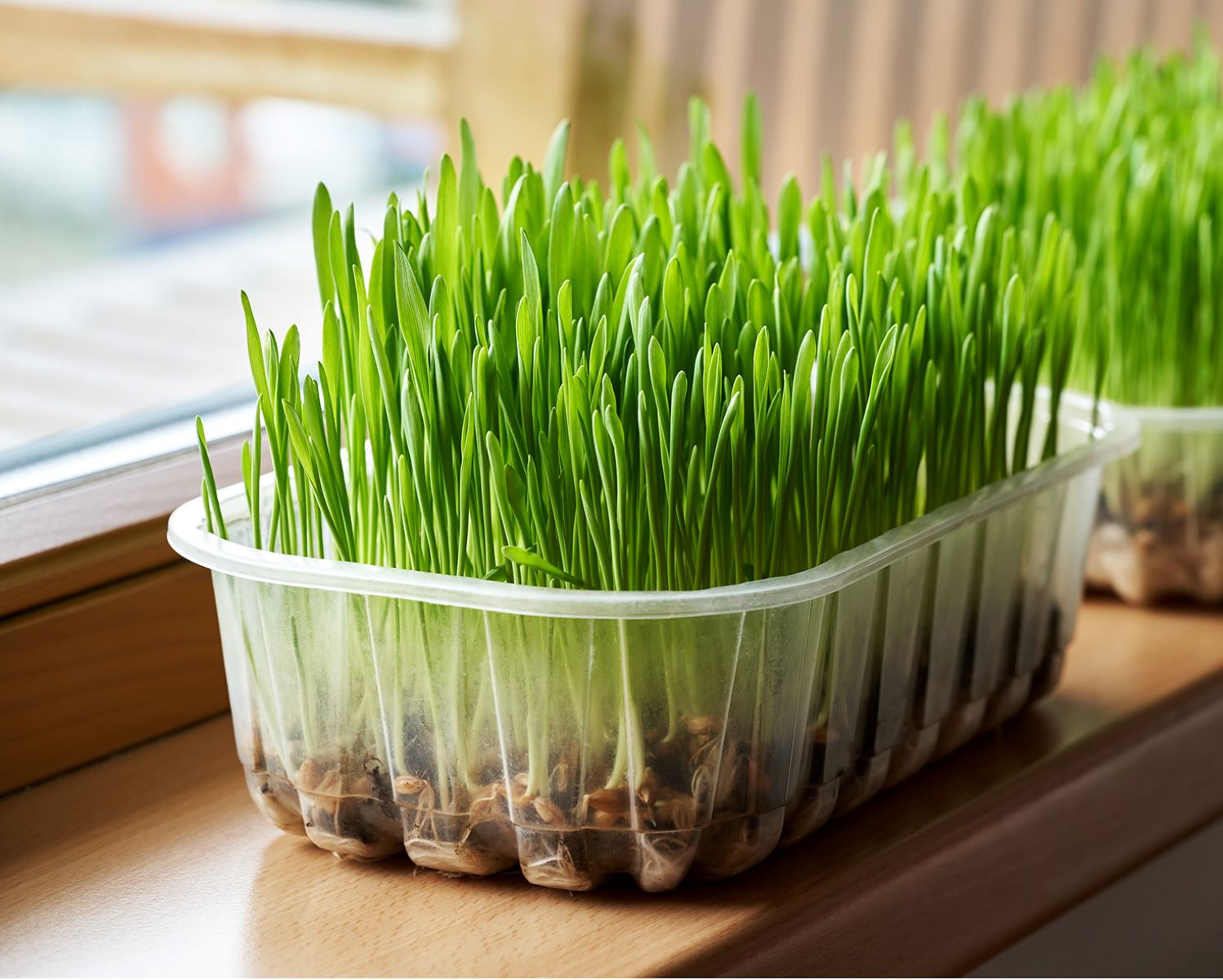
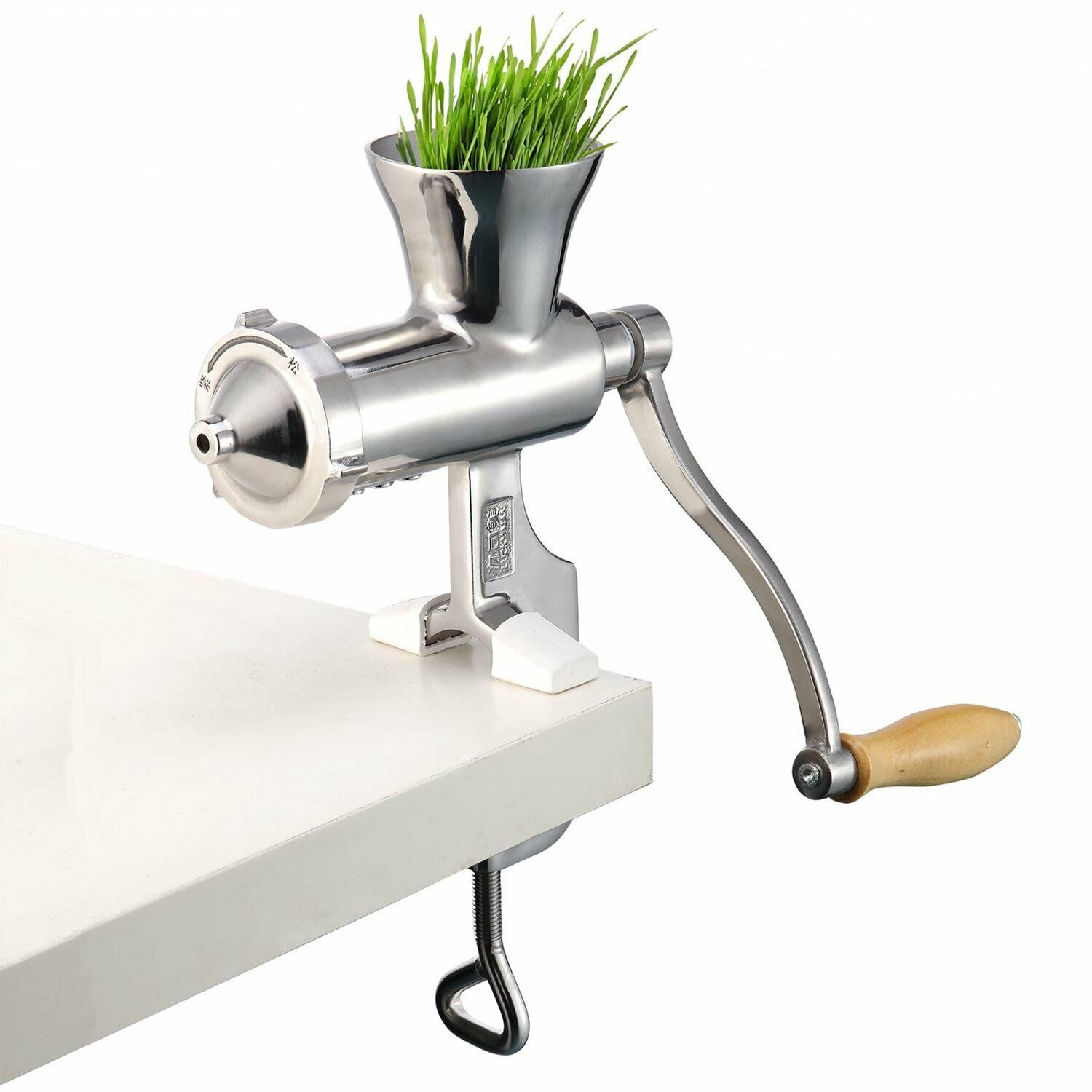
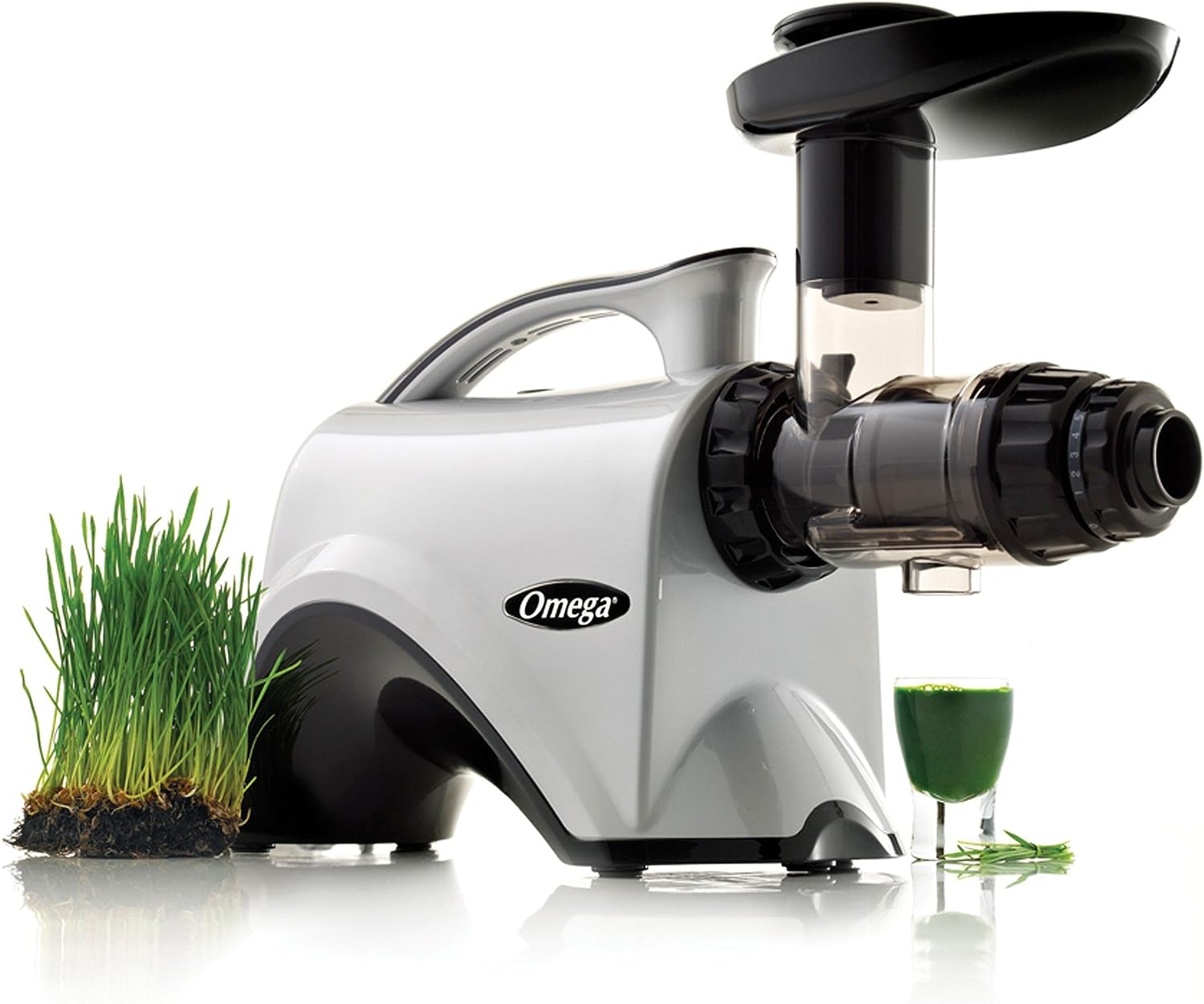
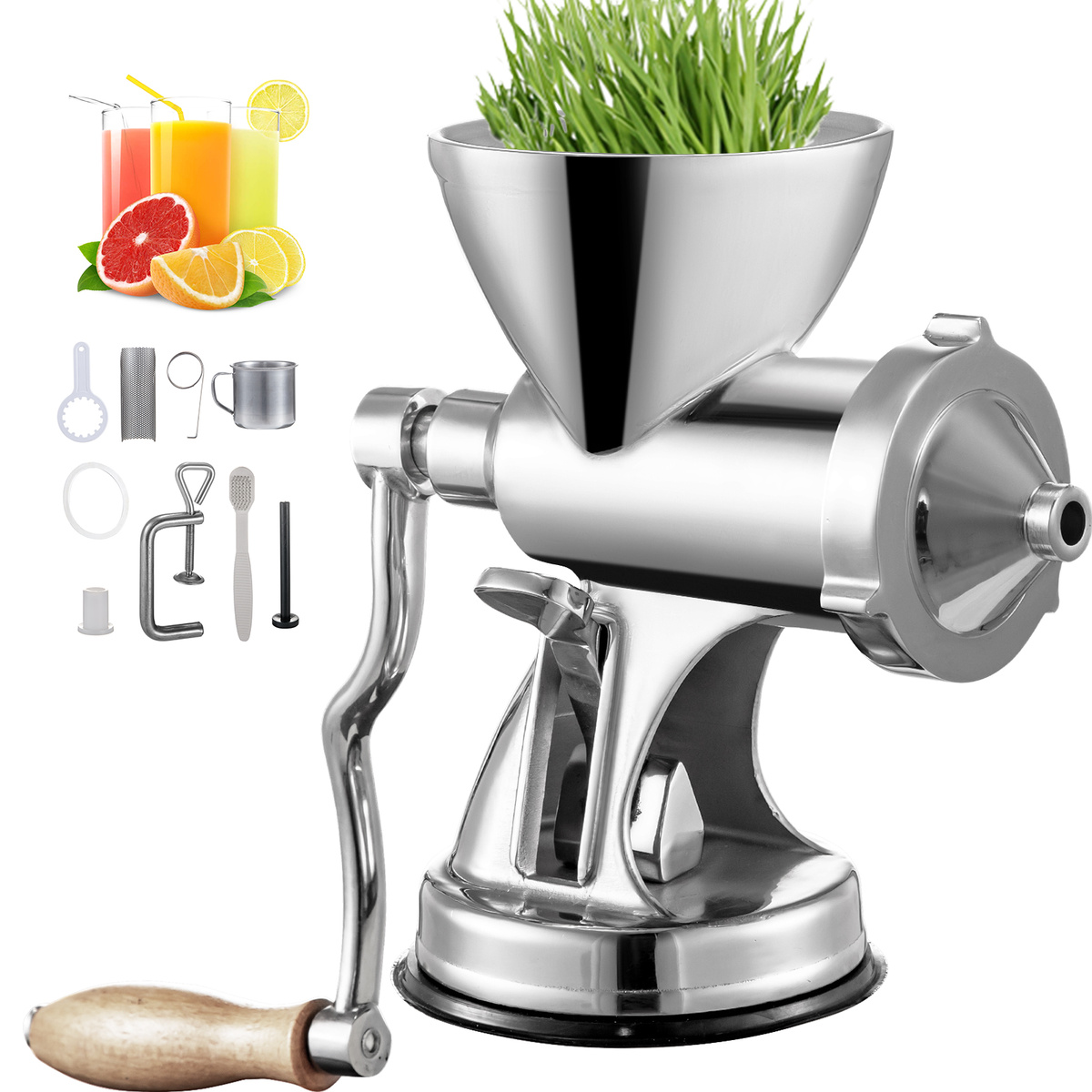

0 thoughts on “What Is Wheatgrass For”